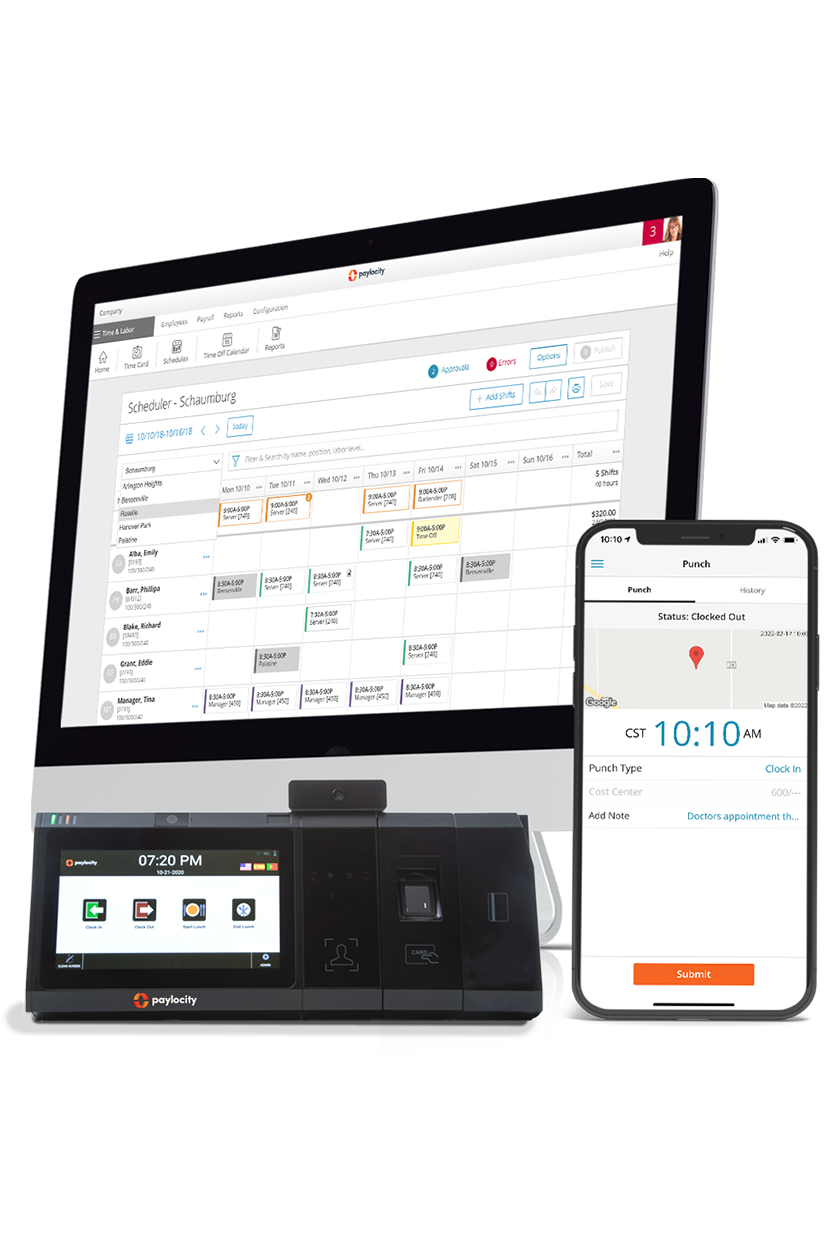Floating Holiday
Summary Definition: A paid day off an employee can take any day of the year, at their own discretion.
What is a Floating Holiday?
A floating holiday is a type of paid leave that allows employees to take a day off work at their own discretion. Unlike regular holidays, which are set by employers, floating holidays let employees choose their own day off (within the confines of company policy).
Floating holidays are often used as an incentive for employee engagement and loyalty. Not only do they provide the opportunity for workers to take time off when it suits them best, but they give employers another way to reward high-performing staff.
Floating holidays also help businesses when other types of absences may cause disruption, like national or religious holidays. Employees have the freedom and flexibility to plan around such events if necessary.
Key Takeaways
-
Unlike regular holidays, floating holidays give employees the flexibility to pick their own day off within the confines of their employer's policy
-
Floating holidays are often used as an incentive for employee engagement and loyalty.
-
They offer a valuable way for companies to reward hardworking staff members and promote loyalty while avoiding larger spikes in vacation costs due to preplanned days off.
Floating Holiday Benefits
Floating holidays offer several benefits to employers and employees alike. Here’s a few:
- Flexibility: Floating holidays allow employees to take time off when it works best for them. This is helpful if an employee has commitments or needs to attend an important event that falls outside more commonly observed business holiday.
- Increased Morale: When employees feel they have more control over their schedule, they tend to be happier and more engaged. This can lead to improved productivity, better customer service, and higher job satisfaction.
- Keeping the Business Open During Holidays: Floating holidays can alleviate scheduling problems during peak holiday season. Some employees can take time off, while others can continue working, saving a floating holiday for another time.
Floating Holiday Use Examples
Floating holidays can be implemented in several ways, depending on the needs of the business:
- Use it or Lose it: The most common type, in this system, employees must take all their days off by a certain date or risk losing them. This ensures that employees use their days off within a set timeframe, while still allowing them to choose when they take them.
- Rolling Schedule: This system allows employees to carry over unused floating holidays from one year to the next. This is especially helpful for businesses with seasonal fluctuations in staffing. It gives employees an incentive to work during peak periods and still have time off during slower months.
- Unlimited Vacation Policy: This system allows employees unlimited access to paid vacation days without having any pre-set limits or expiration dates attached. While this policy may appear generous on paper, employers should consider how this will impact staffing levels before implementing such a plan.
Floating Holiday Implementation Considerations
A floating holiday policy can be beneficial to both employees and employers. But there are a few considerations employers should keep in mind when implementing the system.
First and foremost, be clear with employees about how the policy works. Who's eligible for floating holidays? What types of activities are considered acceptable uses of the time off? Set expectations for when employees must use their floating holidays if a “use-it-or-lose-it” policy is in place. Open communication between management and staff can help create a trusting environment where employees can ask for time off without fear of consequences.
Employers also need to think about tracking employee use of floating holidays throughout the year. You can do this by logging each employee's vacation days in a spreadsheet or using an automated system for tracking leave requests via time and attendance software solutions.

More Time, Less Labor = A Better Experience
Say goodbye to manual tasks and hello to efficiency. Empower your employees with intuitive tools to manage their time—view balances, request time off, and get real-time notifications, all from one platform. Supervisors can access 100+ reports, track attendance, and approve requests in seconds. With instant insights at your fingertips, optimizing time and attendance has never been easier.